Biennial Or Annual Caraway: How Long Does Caraway Live
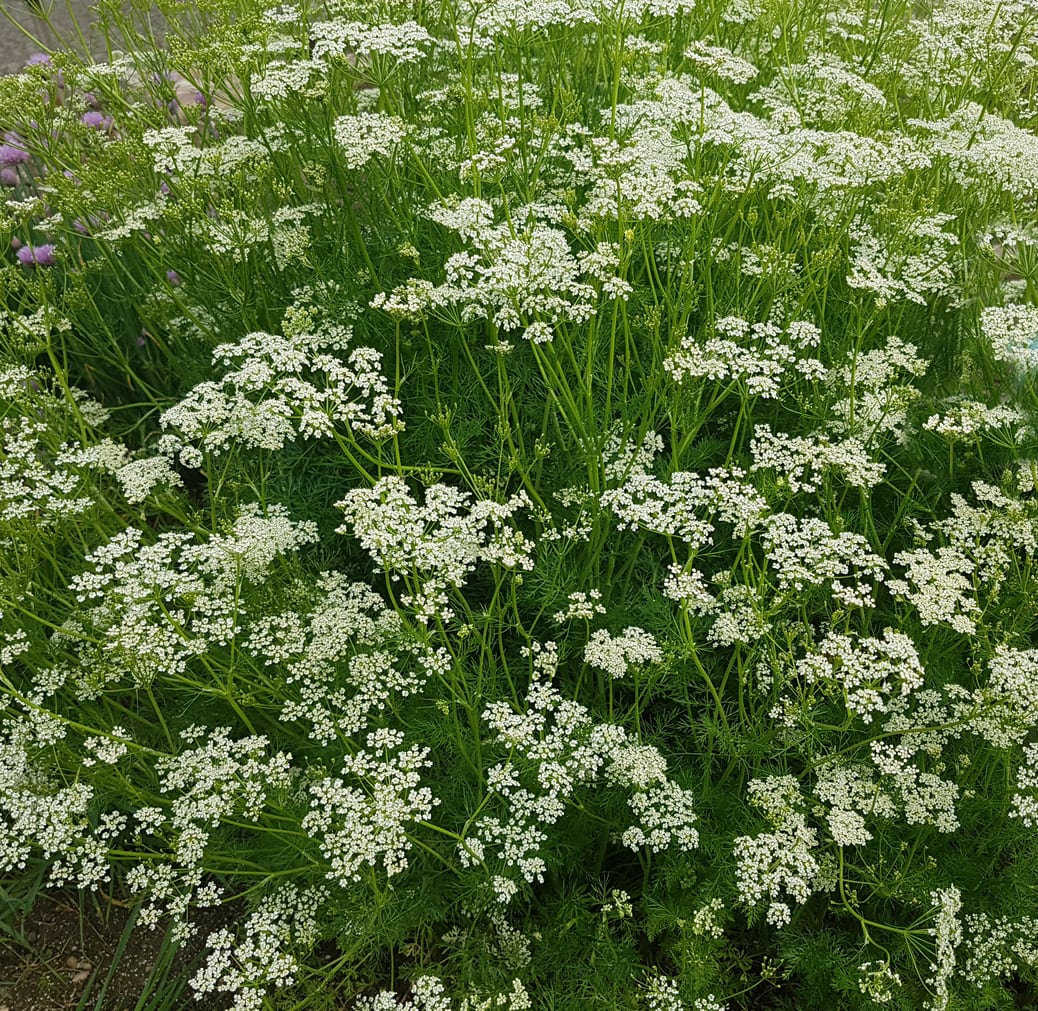

Caraway (Carum carvi) is an attractive herb with feathery leaves, umbels of tiny, white flowers and a warm, sweet aroma. This hardy member of the carrot family, suitable for USDA plant hardiness zones 3 through 7, is easy to grow as long as you can provide a sunny location and well-drained soil. If you’re thinking about growing caraway, you may be wondering, is caraway biennial or annual? Technically, caraway is considered a biennial, but in some climates, it can be grown as an annual. What’s the difference between annual and biennial caraway, and how long does caraway live? Read on to learn more.
Biennial Caraway Plants
Caraway is primarily a biennial. The first year, the plant develops a rosette of leaves and may grow tall enough to resemble a small, feathery, bush-like plant. Caraway generally doesn’t produce flowers the first year (unless you grow it as an annual. See more about growing annual caraway plants below). The second year, caraway plants usually develop stalks measuring 2 to 3 feet (61-91.5 cm.) in height, topped by pink or white, seed-producing flowers. After the plant sets seeds, its job is finished and it dies.
How Long Does Caraway Live?
This is where things get tricky. Caraway plants usually produces blooms in late spring or summer of the second year, then set seeds. However, plants with small roots at the beginning of the second season may not set seeds until the third year – or sometimes even the fourth year.
About Annual Caraway Plants
If you live in a temperate climate with a long growing season and plenty of sunlight, you can grow annual caraway plants. In this case, seeds are planted in winter. Caraway self-seeds easily, so you may have a continual supply of caraway plants.
Gardening tips, videos, info and more delivered right to your inbox!
Sign up for the Gardening Know How newsletter today and receive a free copy of our e-book "How to Grow Delicious Tomatoes".

A Credentialed Garden Writer, Mary H. Dyer was with Gardening Know How in the very beginning, publishing articles as early as 2007.
-
 Create A Romantic Garden Straight Out Of Bridgerton: Regency Era Romance In Your Garden
Create A Romantic Garden Straight Out Of Bridgerton: Regency Era Romance In Your GardenTry some romantic garden ideas straight out of Bridgerton. Flowers and gardens in the Regency era were lush and charming and you can get the same look!
By Bonnie L. Grant
-
 Moody Blooms For Spring: 8 Types Of Black Flowers To Add Drama To Spring Displays
Moody Blooms For Spring: 8 Types Of Black Flowers To Add Drama To Spring DisplaysFrom midnight burgundies to inky violets, several types of black flowers can enrich and embolden a spring display. Try these brooding bloomers for a moody garden
By Tonya Barnett
-
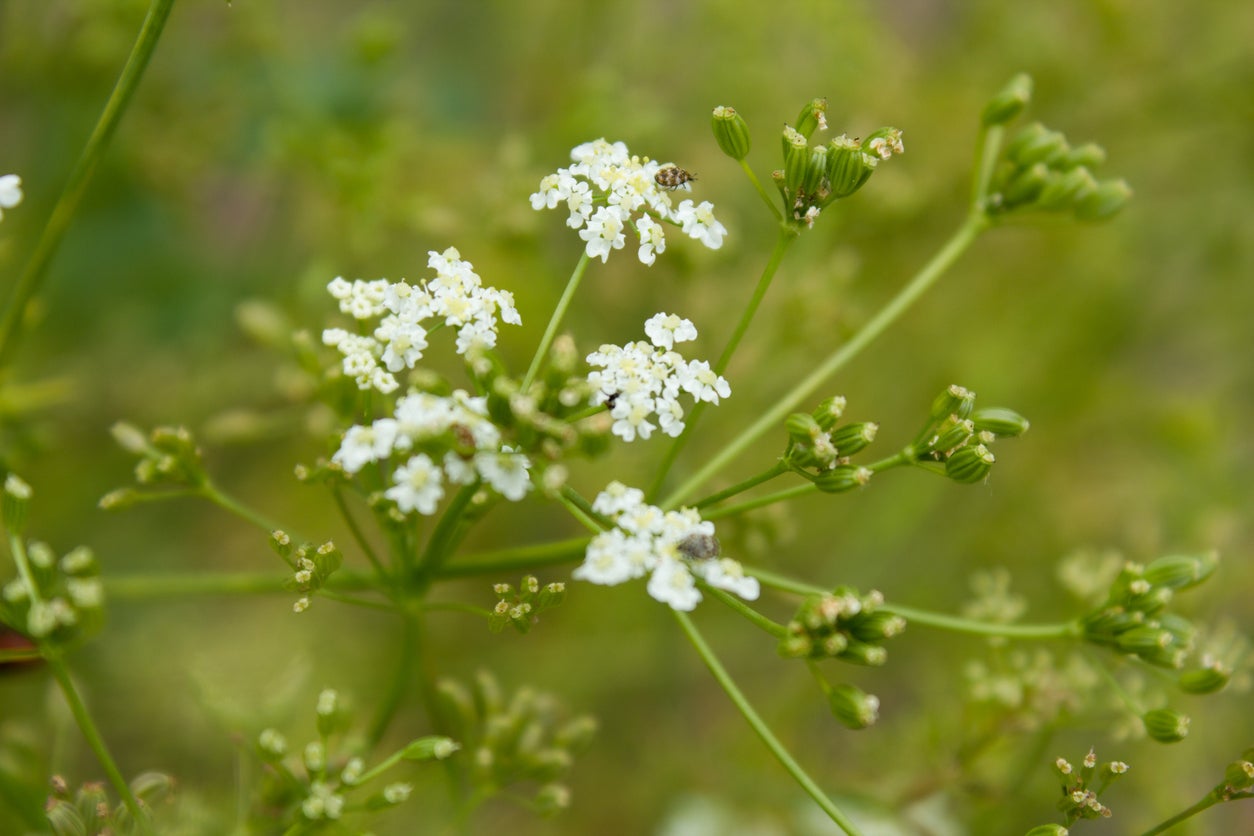 Varieties Of Caraway – Are There Different Caraway Plant Species You Can Grow
Varieties Of Caraway – Are There Different Caraway Plant Species You Can GrowYou can grow and harvest your own seed to use in the spice cupboard, but first you need to choose the varieties of caraway that will perform best in your garden. There are approximately 30 caraway plant species. Learn about some of them in this article.
By Bonnie L. Grant
-
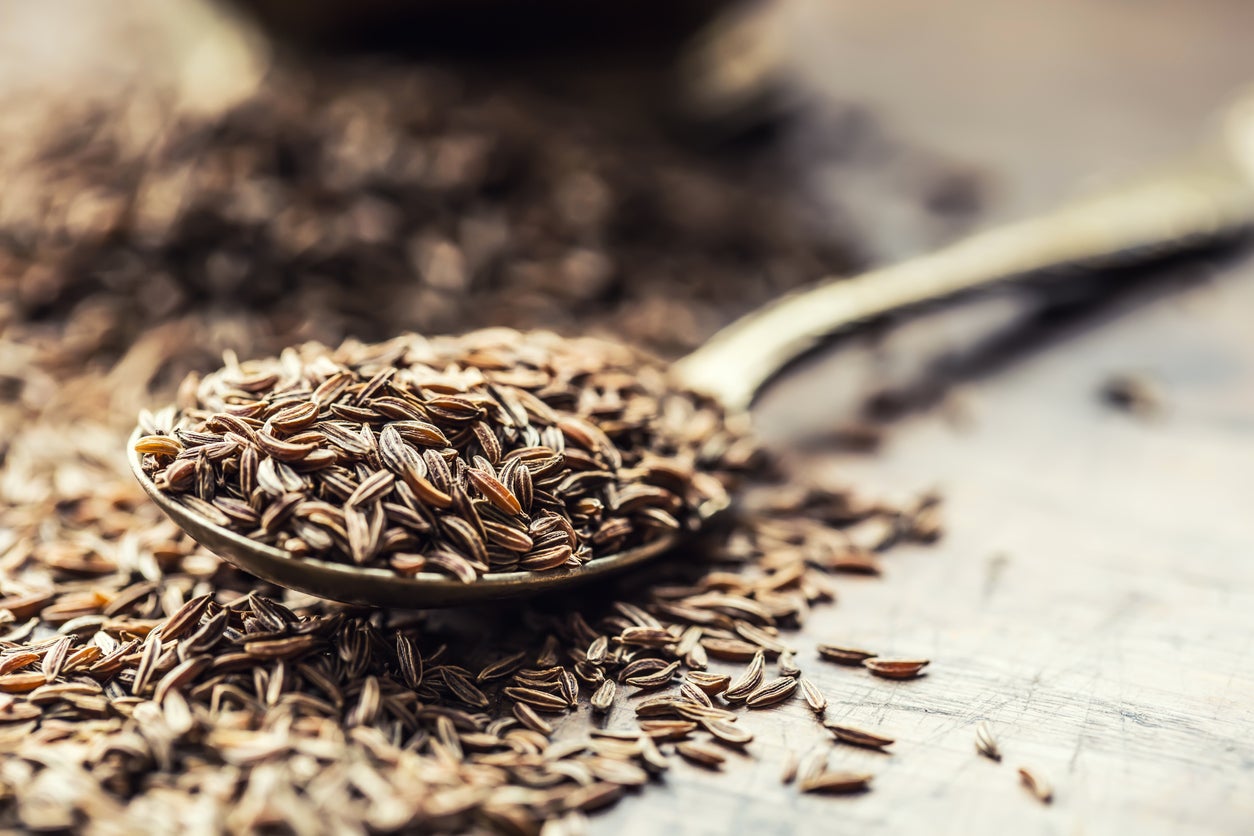 Storing Caraway: Learn How To Dry Caraway Seeds
Storing Caraway: Learn How To Dry Caraway SeedsIf you’re wondering how to preserve caraways seeds from plants grown in your garden, drying caraway is the easiest and safest way to go. Want to learn how to dry caraway seeds? Click this article for easy instructions.
By Mary H. Dyer
-
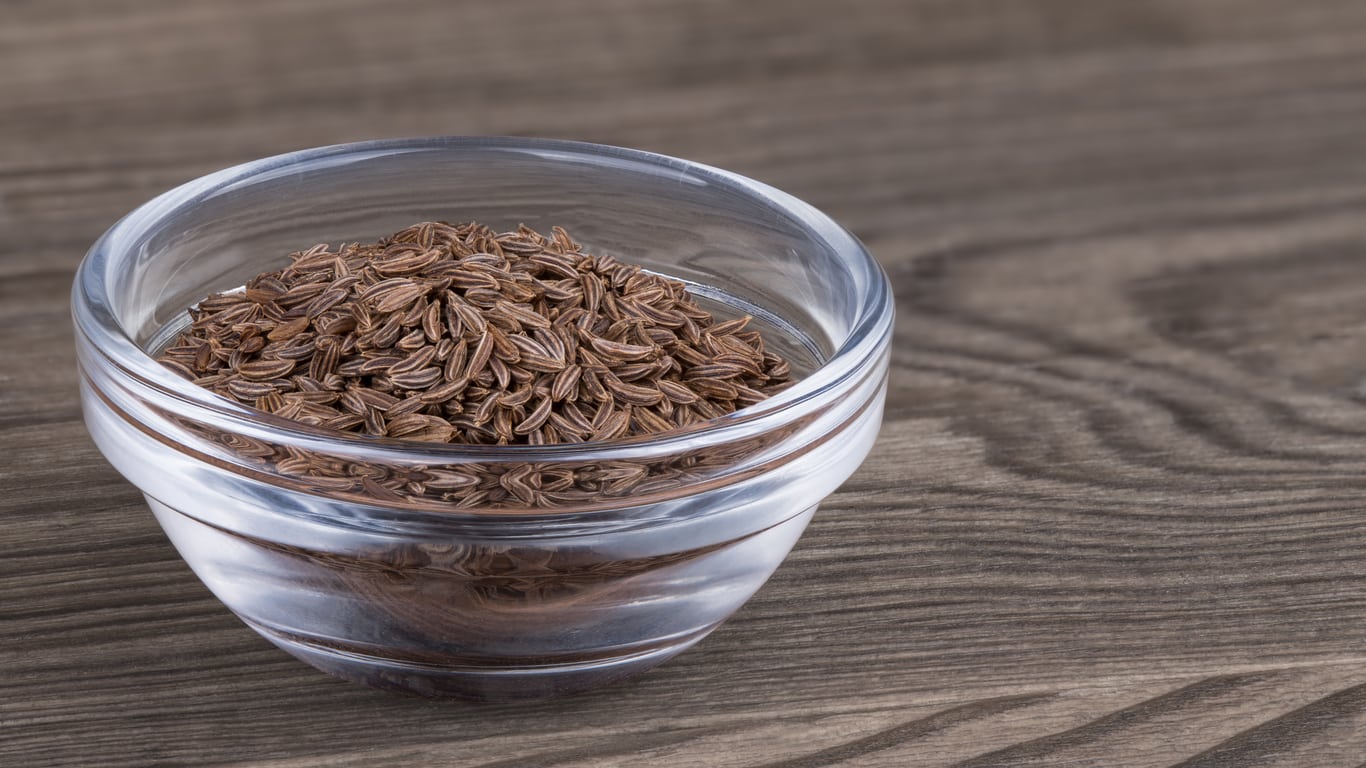 Common Caraway Benefits – Is Caraway Good For You
Common Caraway Benefits – Is Caraway Good For YouIs caraway good for you? Many gardeners are impressed by the health benefits of caraway and grow it for medicinal purposes. For information on using caraway for health, the following article can be of help. Click here to learn more.
By Teo Spengler
-
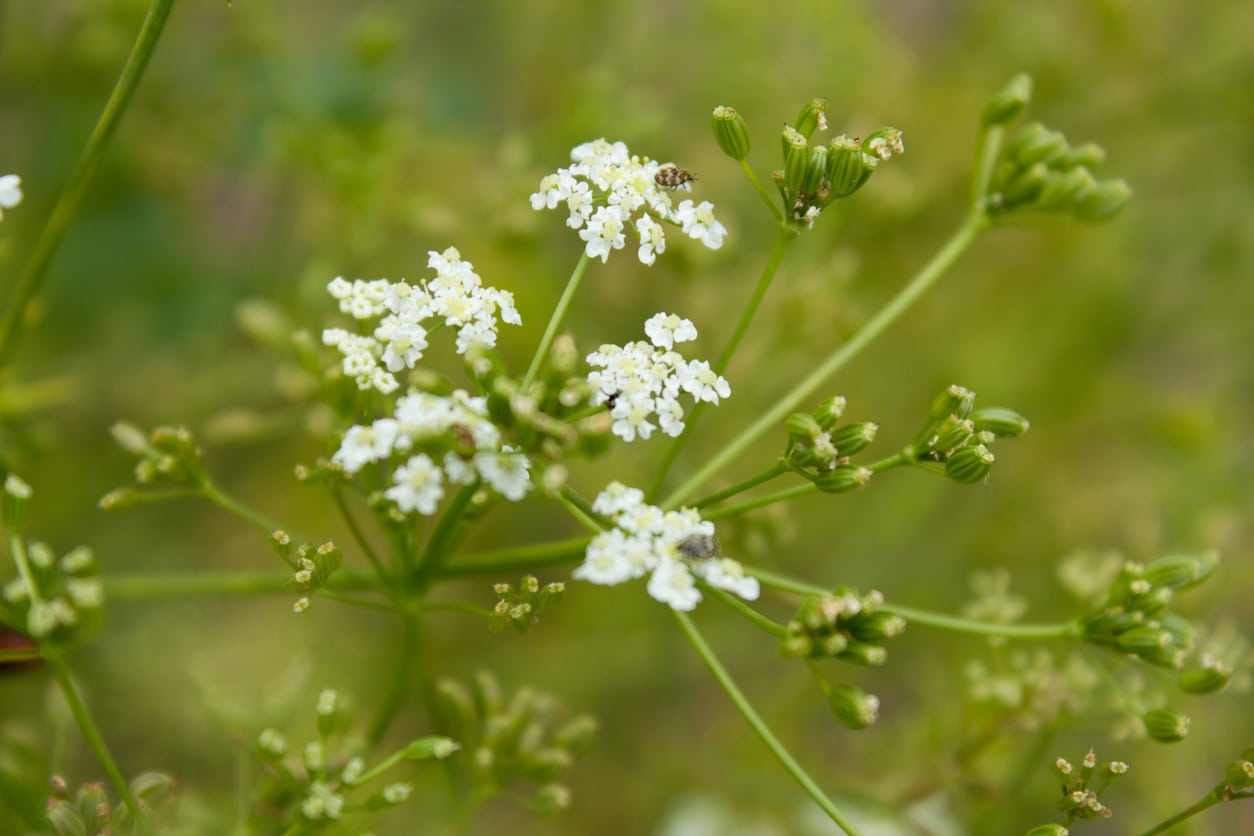 Caraway Issues In The Garden – Dealing With Disease And Pests Of Caraway
Caraway Issues In The Garden – Dealing With Disease And Pests Of CarawayCaraway is a biennial plant cultivated for its anise-like flavored seeds. It is a fairly easy herb to grow with very few caraway issues. Closely related to both carrots and parsley, problems with pests and diseases of caraway tend to be of the same kind. Learn more here.
By Amy Grant
-
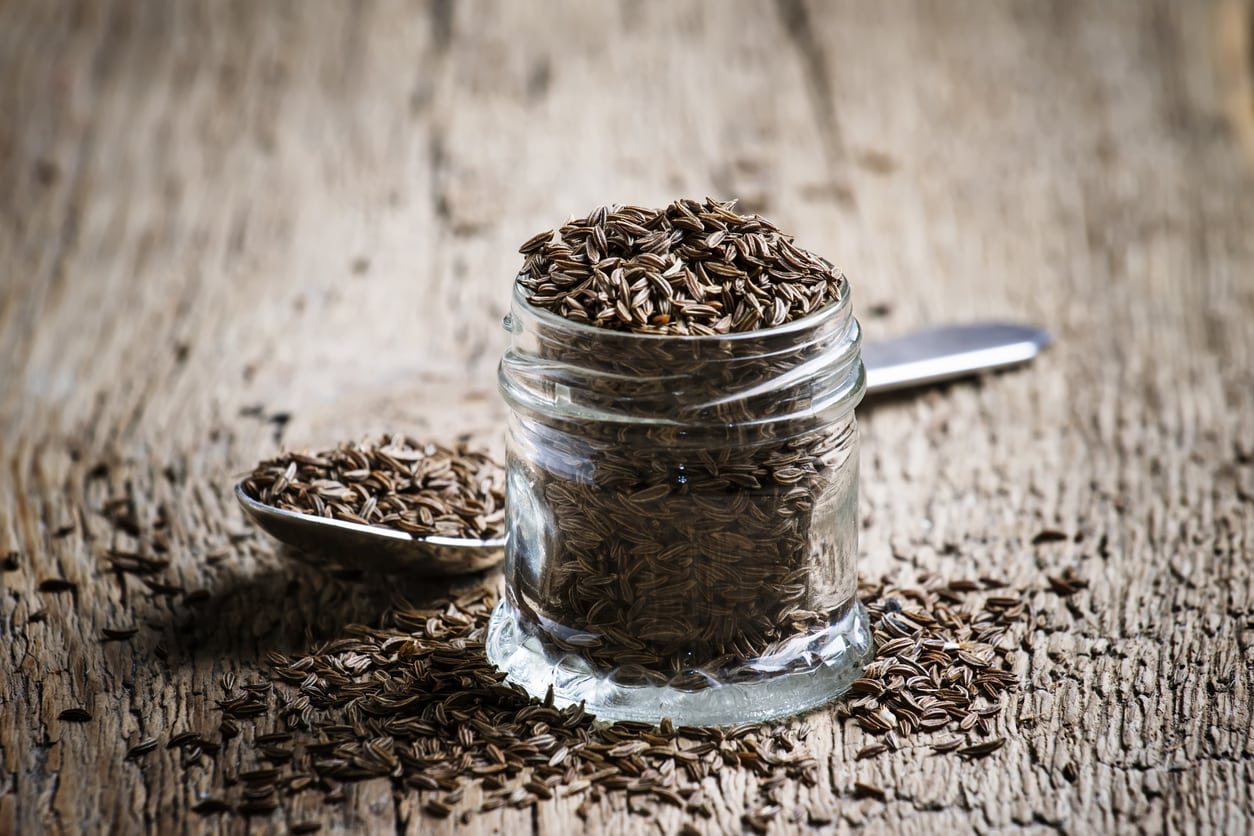 Caraway Uses – What To Do With Caraway Plants
Caraway Uses – What To Do With Caraway PlantsIt’s the caraway that sets rye bread apart from all other deli breads, but did you ever wonder how else to use caraway seeds? There are a plethora of caraway uses. Click this article if you’re interested in what to do with caraway post plant harvest.
By Amy Grant
-
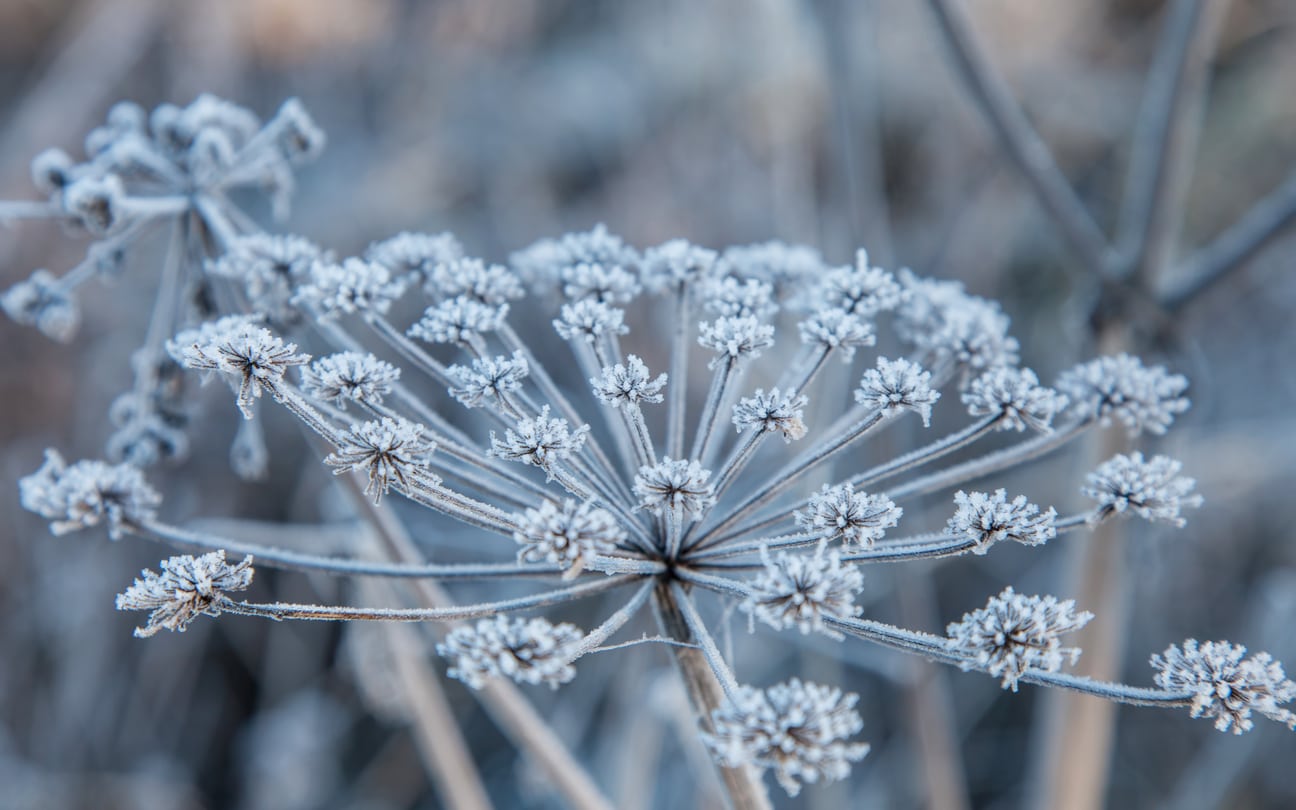 Caraway Winter Care – Caraway Cold Hardiness In The Garden
Caraway Winter Care – Caraway Cold Hardiness In The GardenKeeping caraway in winter isn’t a problem in mild regions, but in chillier areas, caraway winter protection is a must. Click this article to learn about caraway winter planting, caraway cold hardiness, and how to make sure your plants make it to spring.
By Teo Spengler
-
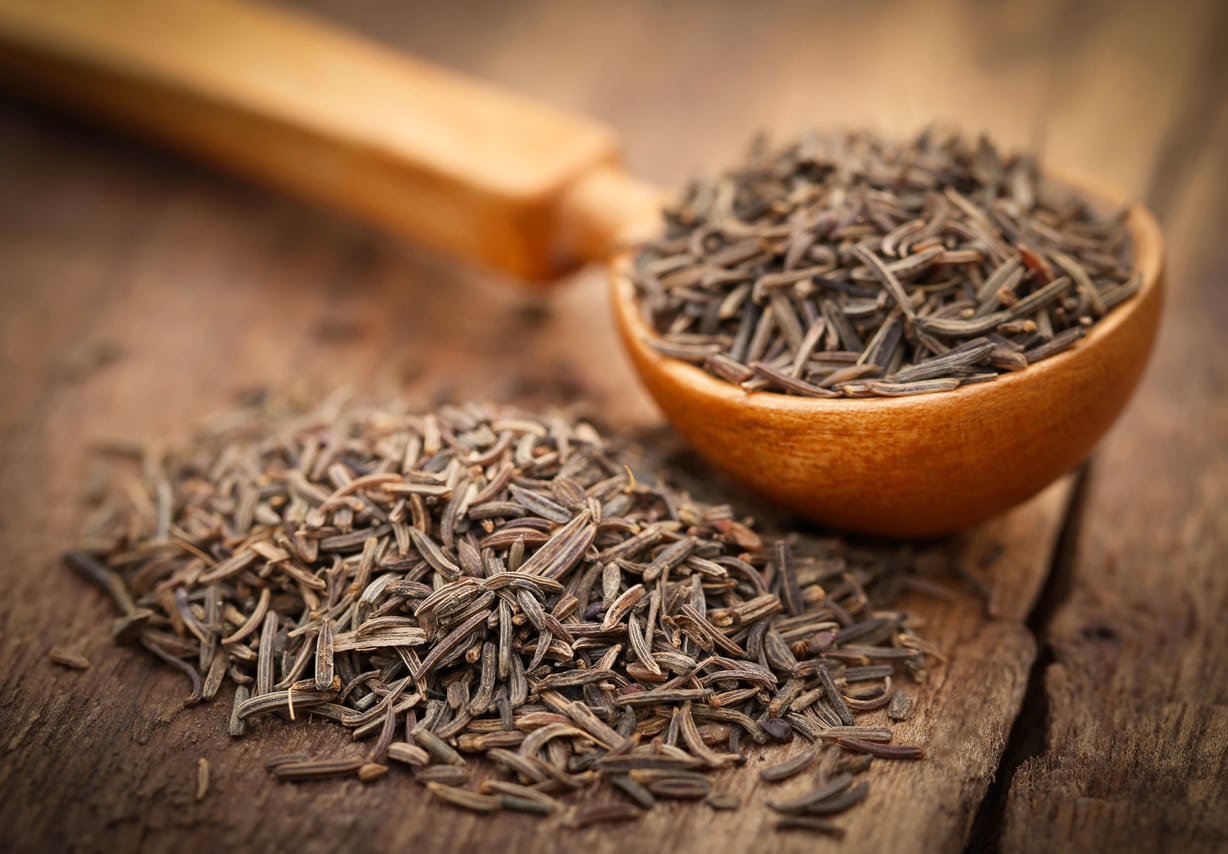 Harvesting Caraway Seeds – When To Pick Caraway Plants
Harvesting Caraway Seeds – When To Pick Caraway PlantsThe most commonly used part of caraway is the seed. It is an easy plant to grow and harvesting caraway seeds is just a two-step process. Click on the following to learn when to pick caraway so the seeds will be at the peak of their flavor.
By Bonnie L. Grant
-
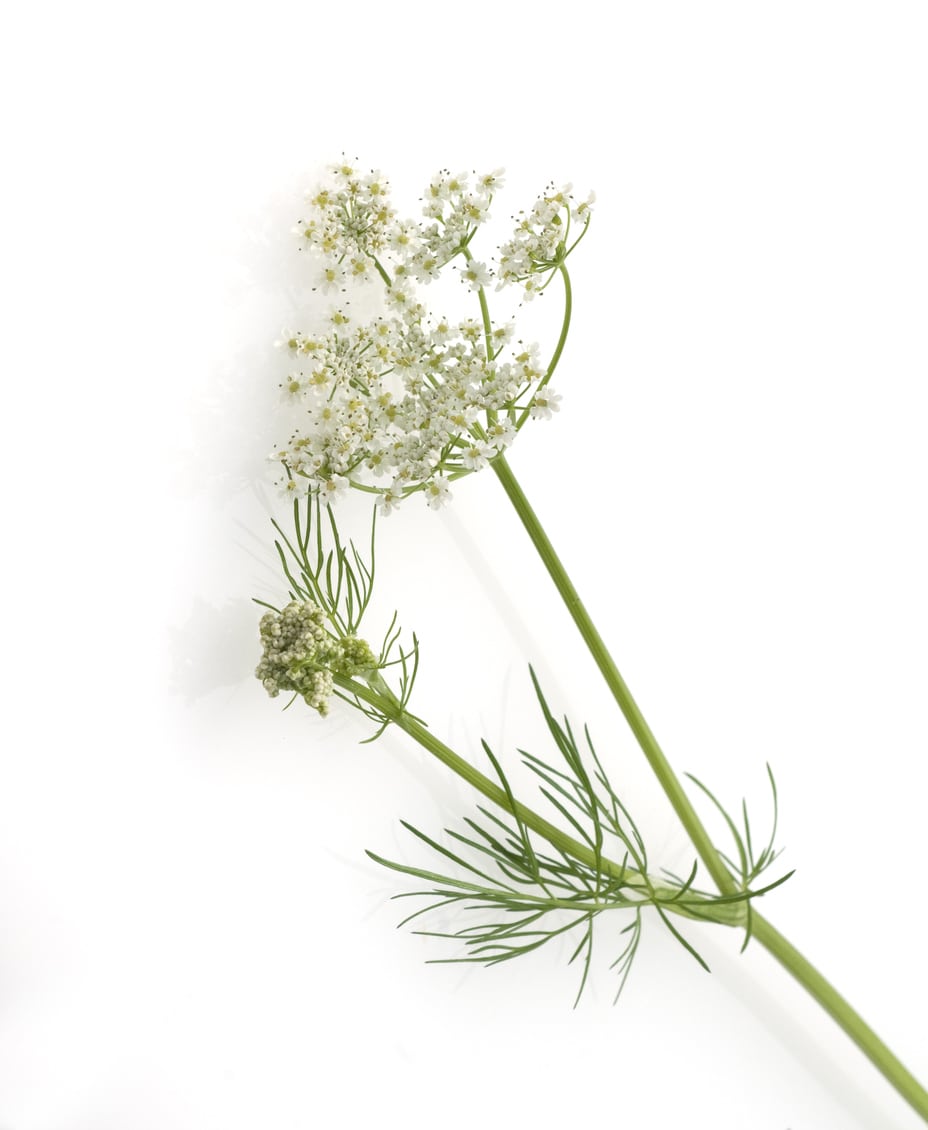 Failing Caraway Symptoms: Common Diseases Of Caraway Plants
Failing Caraway Symptoms: Common Diseases Of Caraway PlantsCaraway is a great herb to grow in the garden. While most people only think of the seeds as edible, you can actually eat the entire plant, including the roots. Unfortunately, there are some caraway diseases that may harm, or even kill, your plants. Learn about them here.
By Mary Ellen Ellis